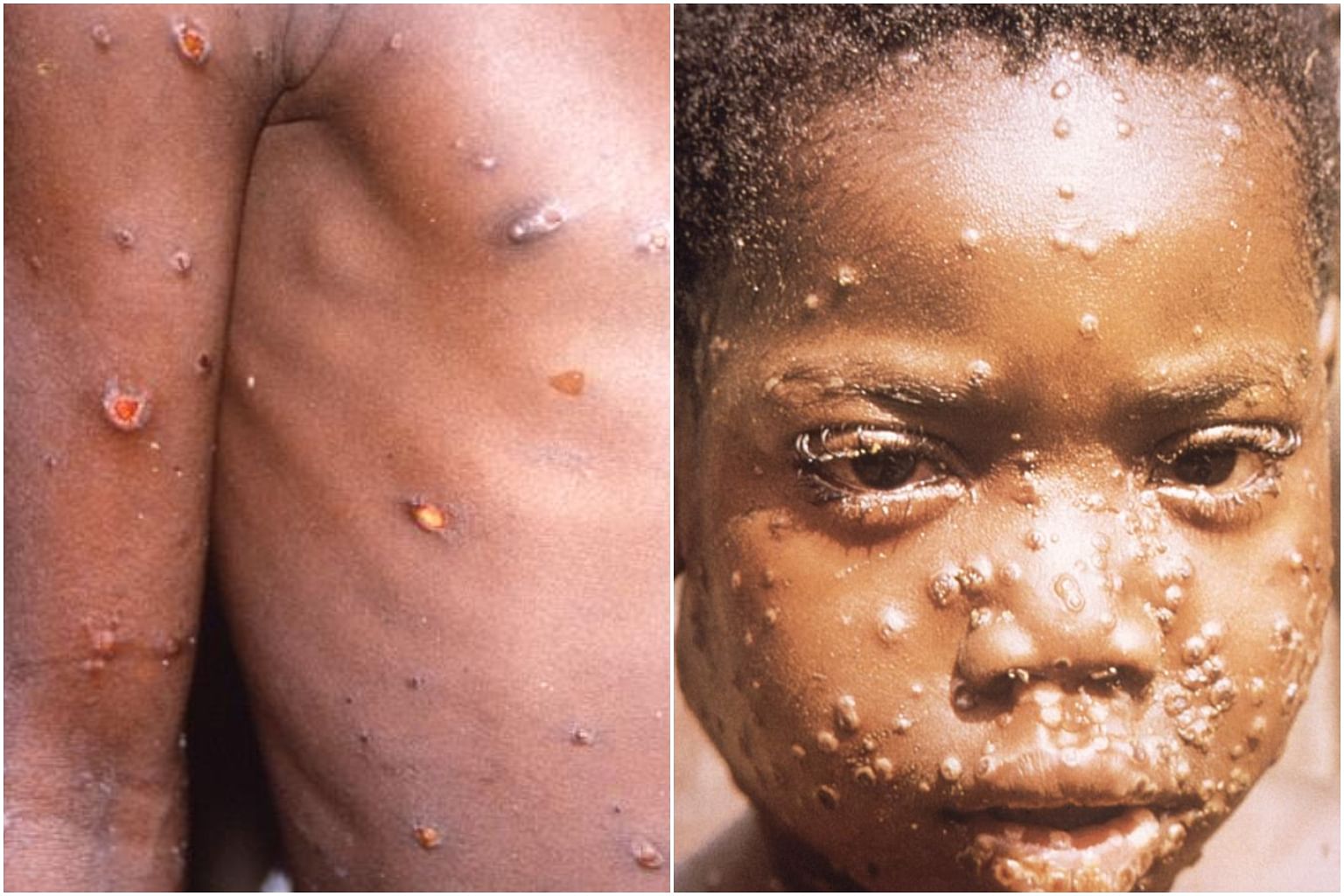Monkeypox rash : symptoms , prevention
MONKEYPOX RASH
Monkeypox is a rare disease similar to smallpox caused by the monkeypox virus . it found mostly in areas of Africa , but has been seen in other regions of the world . it cause flu like symptoms such as fever and chills , and a rash that can take weeks to clear .
Monkeypox is a rare disease caused by the monkeypox virus . its leads to rash and flu - like symptoms . like the better known virus that causes smallpox , its a member of the family called orthopoxvirus .
Monkeypox was discovered in 1958 when two outbreaks of a pox - like disease occurred in groups of monkeys being used for researched .There are 2 known types of monkeypox virus - one that originated in central Africa and one that originated in West Africa . The current world is caused by the less severe West Africa clade .
SIGN AND SYMPTOMS OF MONKEYPOX
It may be several days to a weeks before you develop symptoms . early signs of monkeypox include flu - like symptoms , including :
- fever
-chills
-headache
- muscle aches
- fatigue
- swollen lymph nodes
the rash starts as flat , red bumps , which can be painful . those bumps turn into blisters , which fill with pus . the blisters crust over and fall off the whole process can last two weeks to four weeks . This atypical presentation includes only a few lesions , no swollen lymph nodes , less fever and other signs of illness .
PREVENTION OF MONKEYPOX VIRUS
A smallpox vaccine provides protection against monkeypox , its uses is currently limited to clinical trials . Prevention depends on decreasing human contact with infected animals and limiting person to person spread .
- Avoid contact with infected animals
- avoid contact with bedding and other , materials contaminated with the virus
- thoroughly cook all foods that contains animal meat or parts
- wash your hands frequently with soap and water .
- avoid contact with people who may be infected with the virus .
- practices safe sex, including the use of condoms and dental dams
- wear a mask that covers your mouth and nose when around others
- clean and disinfect freqently touched surfaces .
- use personal protection equipment [ PPE ] when caring for people infected with the virus



Comments
Post a Comment